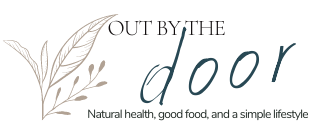Are you wondering what a grain-free diet is, what are its benefits, and what you and your family can eat as part of a healthy grain-free menu? Keep reading to find out and for many ideas and recipes to make grain-free meals easy, healthy, and fun!
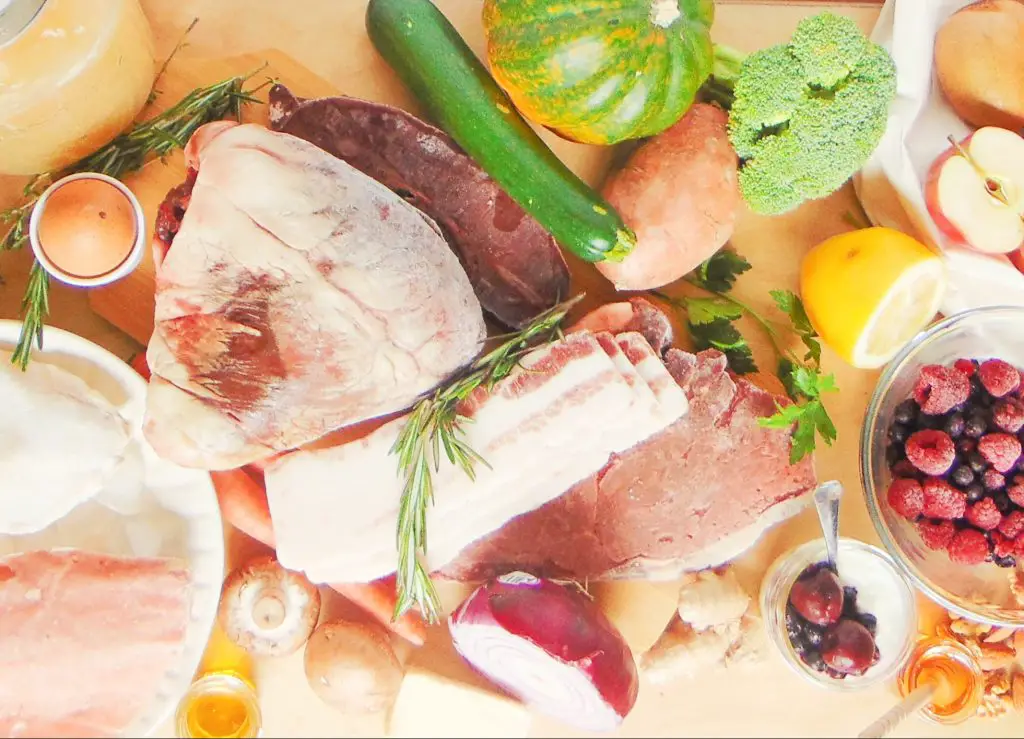
Grains are a controversial food in modern society. While some consider them an essential part of a healthy diet, others consider them harmful. In my personal experience, eating grain-free (or mostly) has been a life changer for my health and well-being.
What is a grain-free diet?
A grain-free diet is a diet that excludes all grains, such as wheat, einkorn, rice, oats, barley, and rye, and all the products made with grain flours such as bread, pasta, crackers, pastries, breakfast cereals, beer, and many others.
Some examples of grain-free diets include the paleo diet, the GAPS diet, and the keto diet. These diets usually also limit other food groups besides grains, such as dairy.
Is eating grain-free the same as eating gluten-free?
Not exactly. A grain-free diet excludes all the grains, including the ones that don’t contain gluten such as rice, oats, buckwheat, corn, sorghum, amaranth, and teff.
What are the benefits of eating grain-free?
Consuming grains have been linked to increased inflammation, leaky gut, autoimmune disorders, and chronic conditions. The benefits of eating grain-free include:
- Better digestion and improved gut microbiome: cutting out grains can be beneficial for your gut health
- Reduced inflammation and can improve the symptoms of arthritis, autoimmune and other chronic conditions
- Weight loss and/or maintenance of a healthy weight
- Reduced risks of diabetes and lower blood sugar levels
- Improved energy
How and when grains can be harmful
But why can grains be harmful? There are several reasons:
- Grains can be hard to digest unless properly prepared. Traditionally, grains were soaked, sprouted, or fermented (sourdough) to improve their digestibility, but these methods are not commonly utilized nowadays, especially in industrial products
- Grains contain antinutrients (such as gluten, phytic acid, and lectins) that interfere with our body’s ability to digest and absorb nutrients. When consumed in high amounts, these antinutrients can lead to nutrient deficiencies and increase intestinal permeability (leaky gut) and related autoimmune responses and inflammation. Once again, properly preparing grains can reduce their concentration of antinutrients
- Most grains are highly processed: from being GMO to being refined, bleached, and enriched with artificial vitamins and minerals, commercial grains, flours, and products are highly processed and not a top choice for a natural, healthy diet
- Grains as we know them are a product of modern agriculture and are very different from their ancestral, wild versions. This is the main reason grains are avoided in the paleo diet
These are the main reasons cutting grains out your diet can improve your overall health.
The negative health effects of grains are especially pronounced in people with celiac disease, non-celiac gluten sensitivity, autoimmune conditions, and/or chronic inflammation.
What can you eat on a grain-free diet?
On a grain-free diet, you can eat anything but grains! This includes meat, fish, eggs, nuts, dairy, honey, animal and vegetable fats, fruit, and vegetables, including legumes and starchy vegetables such as potatoes.
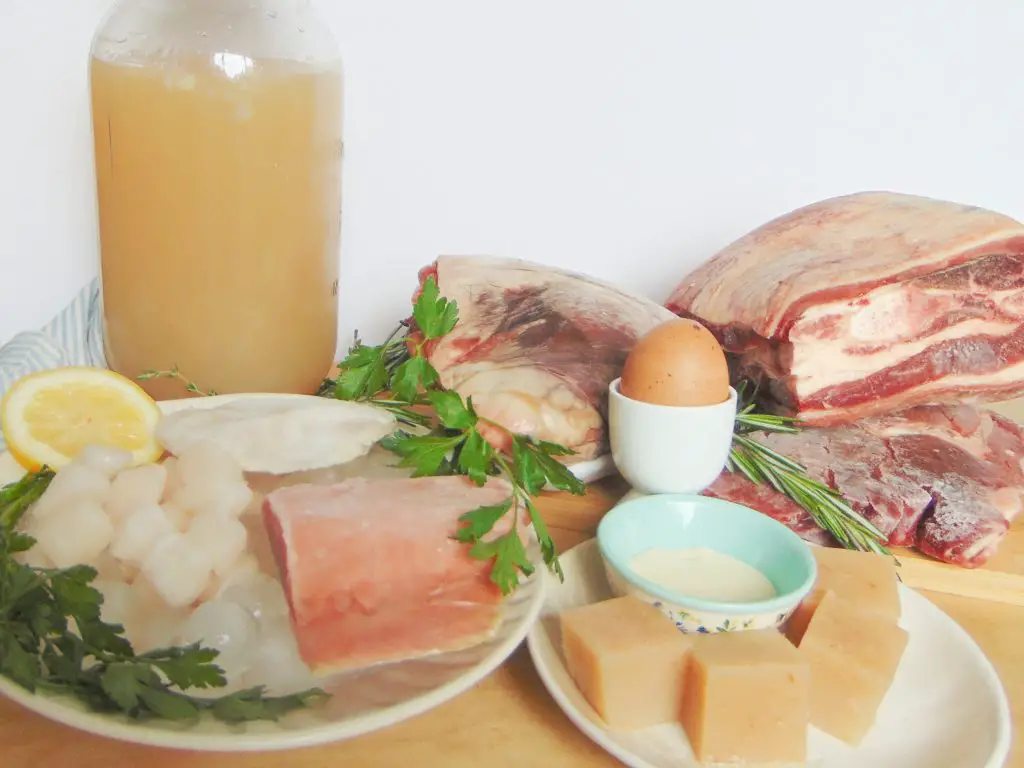
To improve and maintain your optimal health, however, just going grain-free won’t be enough. You should choose what to eat carefully.
So, as a rule of thumb, avoid processed foods and foods that have a lot of added sugars and/or vegetable oils and trans fats. Avoid any foods you are allergic or intolerant to, or simply that don’t make you feel the best.
Prefer whole foods and consume proteins (from eggs and meats) and good quality fats (animal fats or olive or coconut oil) at each meal to keep you full and ensure your body gets all the nutrients it needs. Eating nose to tail (read all about it here) is the most natural way to stay healthy.
Some people believe that eating grain-free means having to give up all the carbs. Even though a grain-free diet can naturally be low-carb, you can still eat carbs on a grain-free diet if you want to. Sources of carbohydrates include starchy vegetables (such as potatoes, sweet potatoes, winter squash, and carrots), legumes, and fruit. Sweeteners are also allowed. Prefer natural sweeteners such as honey or coconut sugar, and avoid consuming sugars in excess.
What does a day of grain-free meals look like?
Breakfast
Ditch your morning toast or bowl of cereals for some healthy grain-free options. These include eggs, bacon, sausage (try this organ meat breakfast sausage), yogurt, pancakes or crepes (try this grain-free coconut flour dutch baby pancake). If desired, serve with fresh fruit, or make a smoothie with fruit, yogurt (check this Instant Pot Bulgarian yogurt recipe out), and maybe some collagen powder (find out the benefits of collagen here).
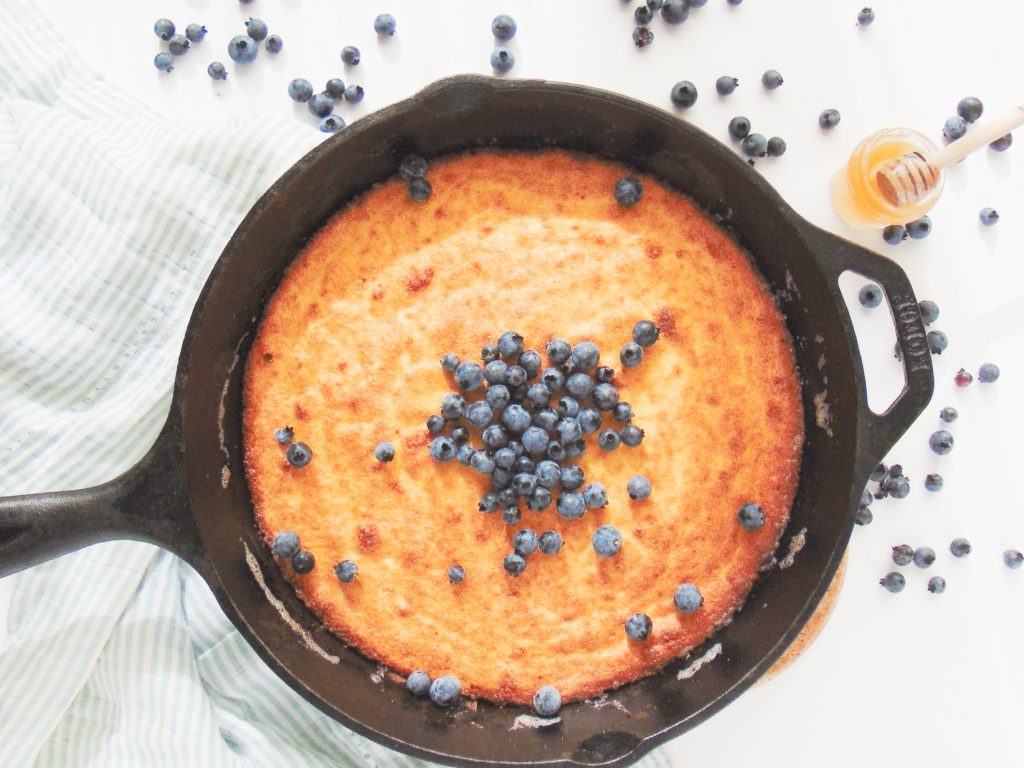
Lunch
It’s easy to grab a sandwich for lunch, but why not try some heathier, grain-free lunch options that are good to bring to work or school or eaten on the go? For example, prepare an omelette with eggs and fill it with some leftover roast beef, smoked salmon, and/or cheese. Try a noodle-free pasta made with zucchini noodles and chicken, or keep it simple with a portion of meat, chicken, fish, or eggs and a side of cooked or raw vegetables (such as sauerkraut).
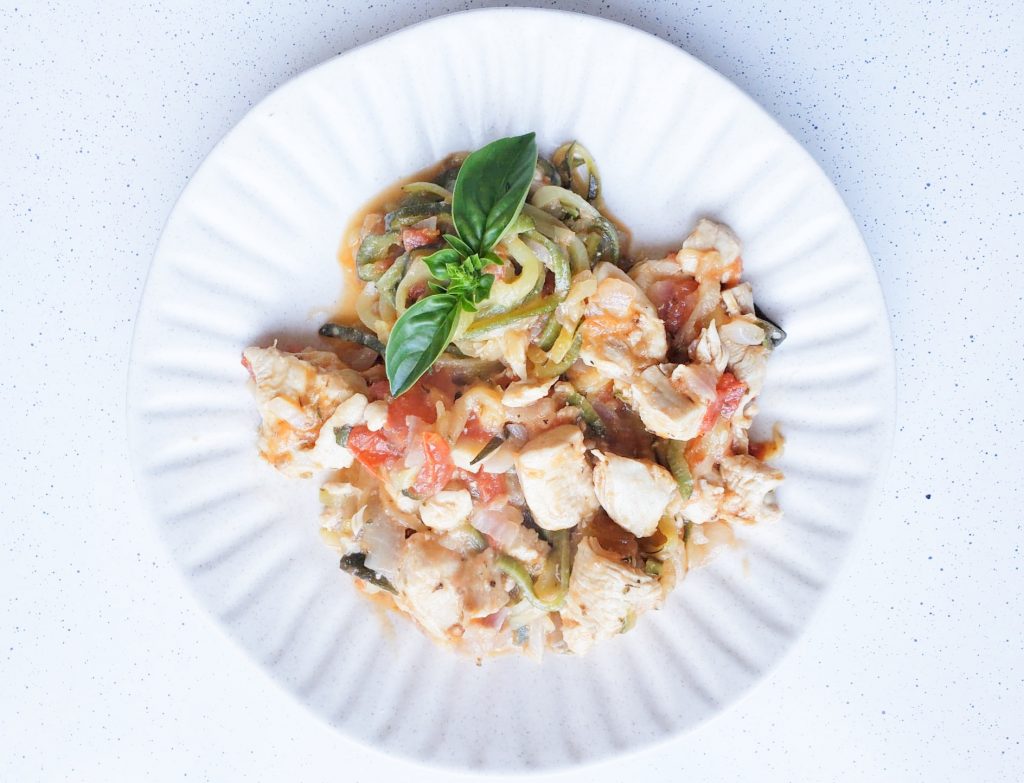
Dinner
Dinner is the time to sit down with your family and enjoy a delicious, fulfilling meal. There are plenty of grain-free dinner options for all tastes and levels. A combination of meat and vegetables is always for the win! Try a simple roasted chicken with as side of vegetables, or a yummy casserole with meat and vegetables (try out this delicious fall-inspired Sheperd’s Pie with squash and mushrooms).
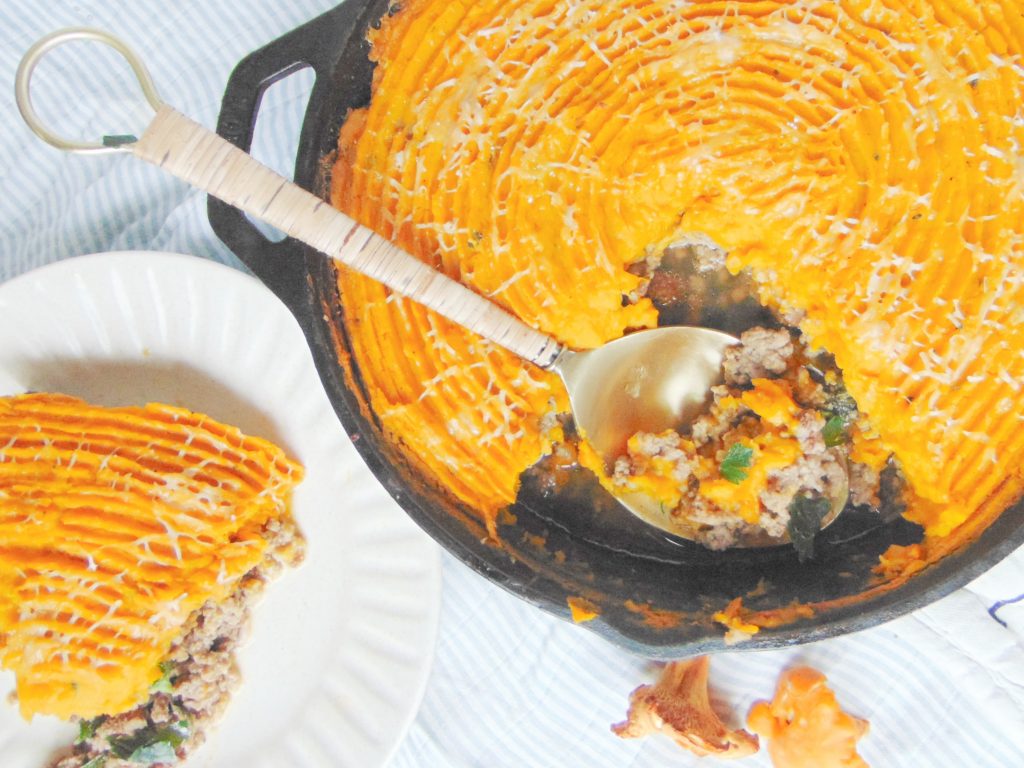
In the winter, take the time to make a comforting soup or stew with bone broth for extra nutrients. Once a week nourish your family with some organ meats such as liver (try out this beef liver recipe with onions and sweet potatoes), heart, or tongue (such as this beef tongue stew).
Don’t forget to eat your fish too (you can try this easy Instant Pot squid stew).
Snacks
Snacks are a great opportunity to eat probiotic-full yogurt and/or fruit and nuts.
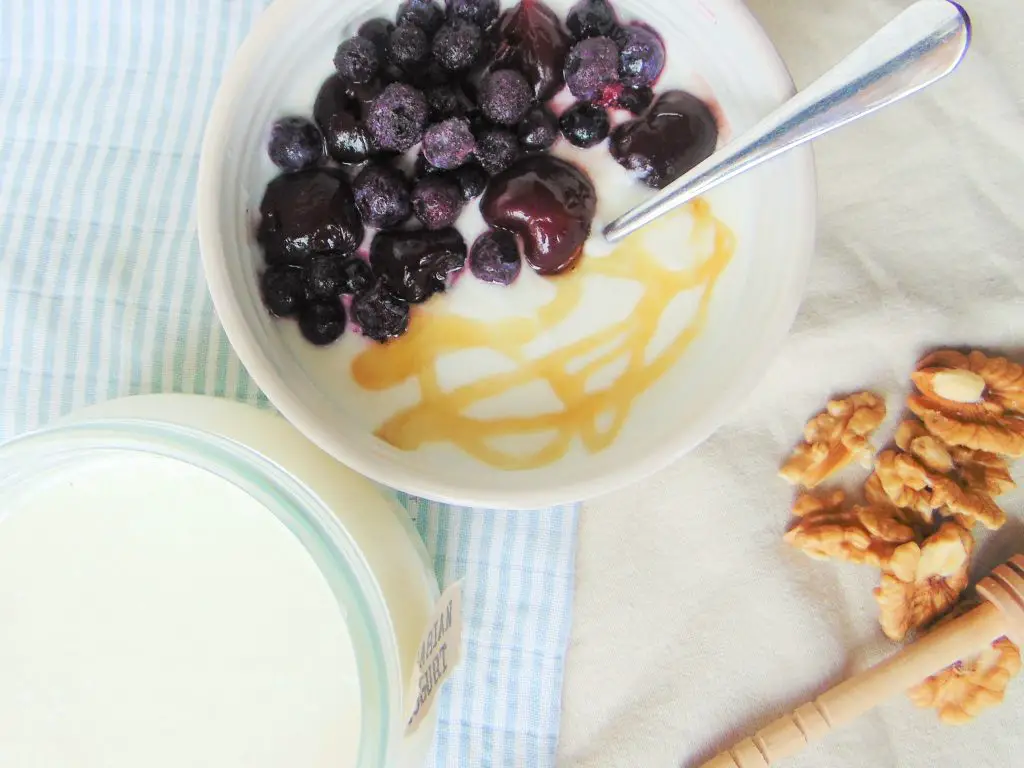
You can also prepare some healthy snacks to have on hand, such as these delicious and easy-to-make natural gelatins (strawberry gelatin for the summer and pear and ginger gelatin for the colder months), or these refreshing, low-sugar homemade popsicles (try these banana and avocado creamy popsicles, or these yogurt and peach layered popsicles, or even these bone broth popsicles).
Why not indulge in a grain-free healthy treat for a snack? You can try this cinnamon roll loaf cake with coconut flour, some coconut flour brownies, or even make a pie with this coconut flour pie crust.
Are there any risks in eating grain-free?
Because grains don’t contain any essential nutrients that are not found in other foods, we can say that there are no health risks associated with eating grain-free. Some advocate for eating whole grains as a source of essential vitamins and nutrients such as B vitamins, iron, magnesium, phosphorus, manganese, and selenium (source). However, all these nutrients can be found in other animal and plant foods and, importantly, they are almost totally lost in the processed, refined grains that most people consume.
Whether you’re eating grains or not, it’s important to consume a variety of foods to ensure proper nutrition, including some “superfoods” that are very high in nutrients. The number one superfood you should eat? Liver and other organ meats! But also make sure to eat regularly pastured egg yolks, grass-fed butter, fatty fish, and a variety of fruit and vegetables.
Some people report having problems with constipation when giving up grains. However, consuming other sources of fibers such as fruit and vegetables, as well as consuming healthy fats as part of your diet will keep your bowel movements regular.
Finally, some people consider a grain-free diet too “restrictive”. Well, I hope the recipes in this blog make you feel differently: you can still very much eat many different and tasty foods on a grain-free diet. And you can always allow yourself a little not grain-free treat once in a while if you feel too restricted (unless you are intolerant or allergic, naturally).
Can your children eat grain-free?
The answer is yes! As a matter of fact, babies and toddlers up to 2 years lack the enzymes necessary to digest grains, such as amylase. Same as adults, children can benefit from all the benefits of a grain-free diet that includes a variety of animal and plant foods.
Moreover, offering highly processed grains to your kids can encourage them to be picky eaters and discourage them to eat other foods that are necessary for their proper development, such as meat, fish, eggs, and vegetables. Choose a nutrient-dense diet for your children to ensure their proper growth and health and keep them protected from future health conditions.
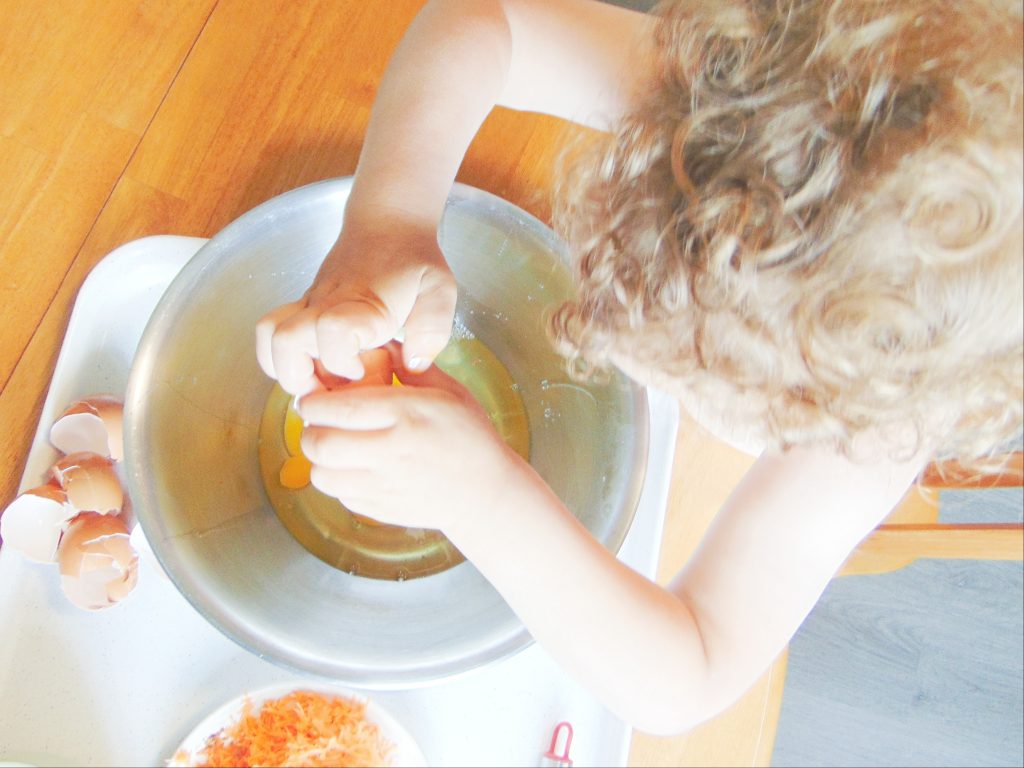
Related posts on natural health
5 Steps to Optimal Health: How to Improve your Well-being Naturally
Why your Gut Health is Important and How to Improve it Naturally
Collagen and Gelatin: Health Benefits and how to Eat More
How to Reduce your Exposure to Toxins for a Healthier Life
10 (Fun) Ways to Exercise More Without Working Out
Spending Time Outdoors: All the Health Benefits
Organ Meats: List, Health Benefits, and How to Eat More
Why you Should Eat from Nose to Tail and How to Get Started
Try these grain-free recipes from my blog
Main courses
Shepherd’s Pie Fall Edition With Mushrooms And Squash
Summer Zucchini Noodles With Chicken, Tomatoes And Parmesan Cheese
Super Tasty Beef Liver With Sweet Potatoes And Onions
Mouthwatering Beef Tongue Stew In The Instant Pot
Instant Pot Squid Stew (Calamari In Umido)
Roasted Chicken From Frozen In Just 1 Hour
Side dishes
Spaghetti Squash Carbonara (Low-Carb, Keto-Friendly)
Instant Pot Bone Broth: Traditional Recipe Made Easier
Breakfast ideas
How To Make Organ Meat Breakfast Sausage
Coconut Flour Dutch Baby Pancake (Grain-Free, Gluten-Free)
Snacks and/or desserts
Cinnamon Roll Loaf Cake With Coconut Flour (Grain-Free, Gluten-Free)
Healing Bone Broth Popsicles With Watermelon, Strawberries, Honey And Ginger
Creamy Yogurt, Banana And Peach Layered Popsicles
Banana And Avocado Creamy Popsicles (No Added Sugar)
How To Make Homemade Bulgarian Yogurt In The Instant Pot
Best Coconut Flour Pie Crust (Grain-Free, Gluten-Free, Low-Carb, Keto-, Paleo-Friendly)
Pear And Ginger Natural Gelatin
Easy And Healthy Coconut Flour Brownies (Grain-Free, Gluten-Free)
Pin it for later
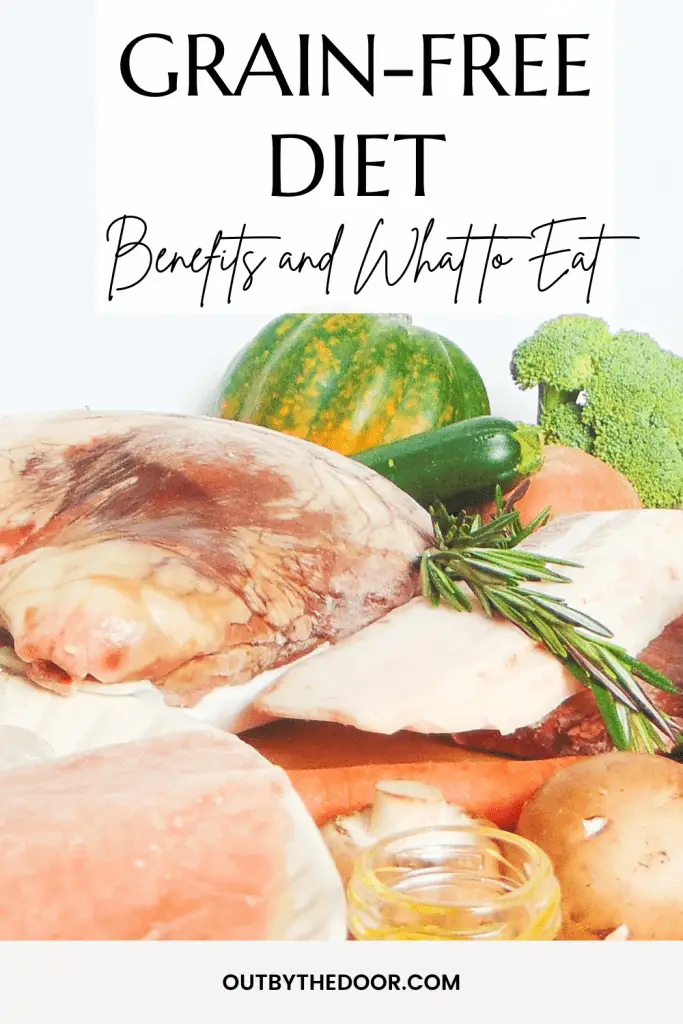
Disclaimer: The contents of this blog are for informational and educational purposes only, and are not intended to be a substitute for professional medical advice, diagnosis, or treatment. Always seek the advice of your physician or other qualified health providers with any questions you may have regarding a medical condition.
